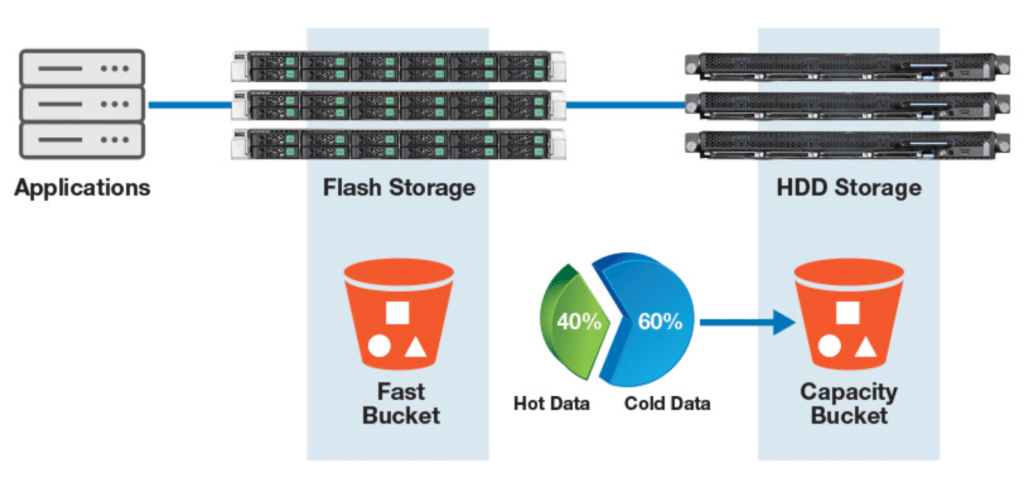Cloudian launched in 2011 as one of the first storage vendors to fully support S3. At the time the concept of a private cloud was an emerging category, but much has changed since then. In the old days, object storage was primarily used as a backup target. While backup is a key use case, Cloudian added file support a few years back and has fully embraced Kubernetes to meet emerging workloads with a storage solution that was born in the cloud. New workloads are causing Cloudian to evolve again, this time by supporting all-flash and hybrid cluster configurations.
Cloudian launched in 2011 as one of the first storage vendors to fully support S3. At the time the concept of a private cloud was an emerging category, but much has changed since then. In the old days, object storage was primarily used as a backup target. While backup is a key use case, Cloudian added file support a few years back and has fully embraced Kubernetes to meet emerging workloads with a storage solution that was born in the cloud. New workloads are causing Cloudian to evolve again, this time by supporting all-flash and hybrid cluster configurations.
On this podcast, I have Jon Toor, CMO of Cloudian. Jon covers the state of object storage, highlighting both its strengths and the spots where it may not be the best fit. We also cover off on key partnerships, like VMware, and get into why object storage is so well suited to help combat ransomware.
Cloudian HyperStore Object Storage
Subscribe to our podcast:
Engage with StorageReview
Newsletter | YouTube | LinkedIn | Instagram | Twitter | Facebook | RSS Feed

